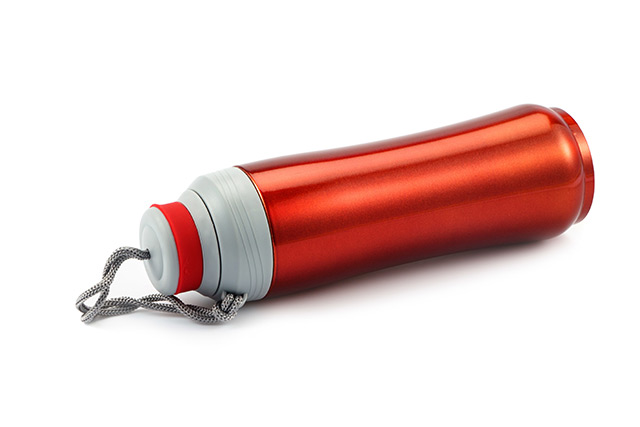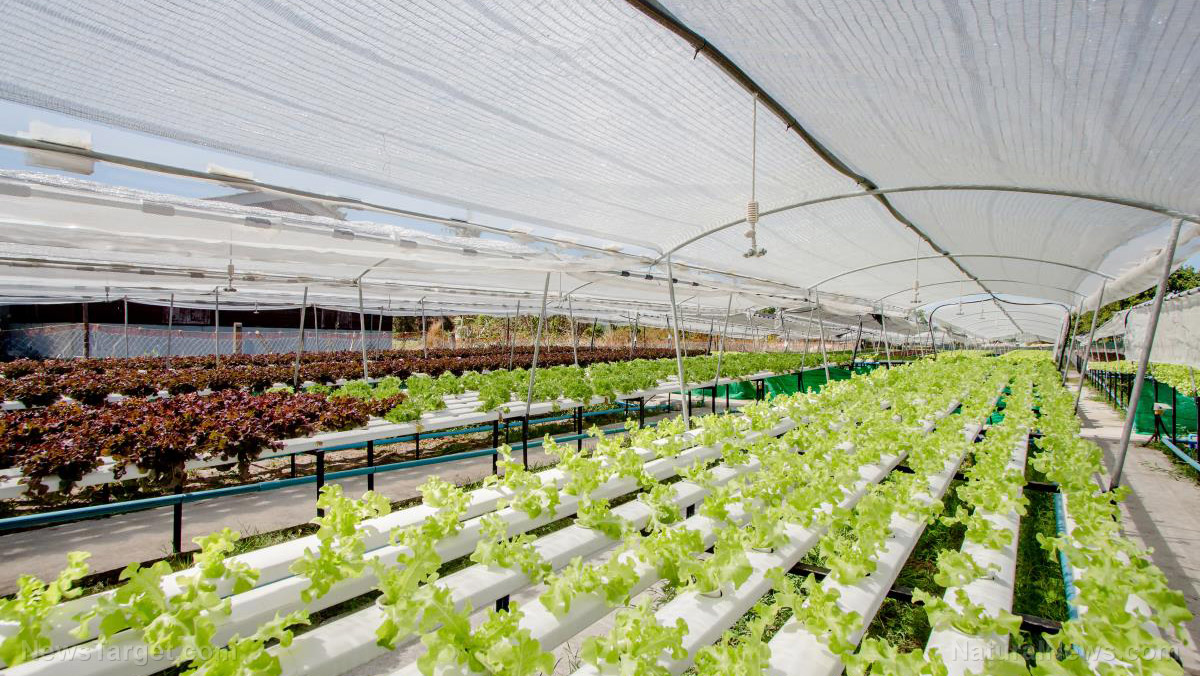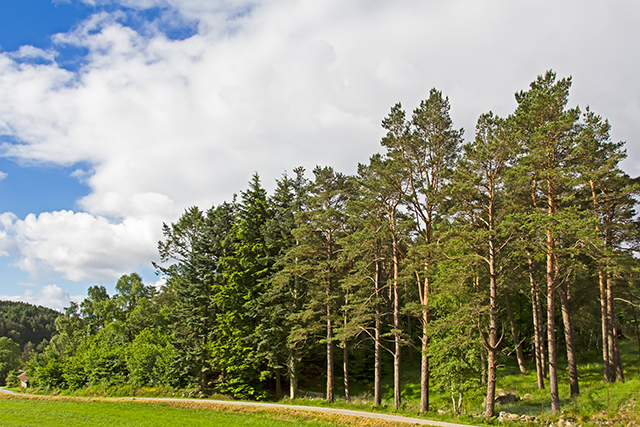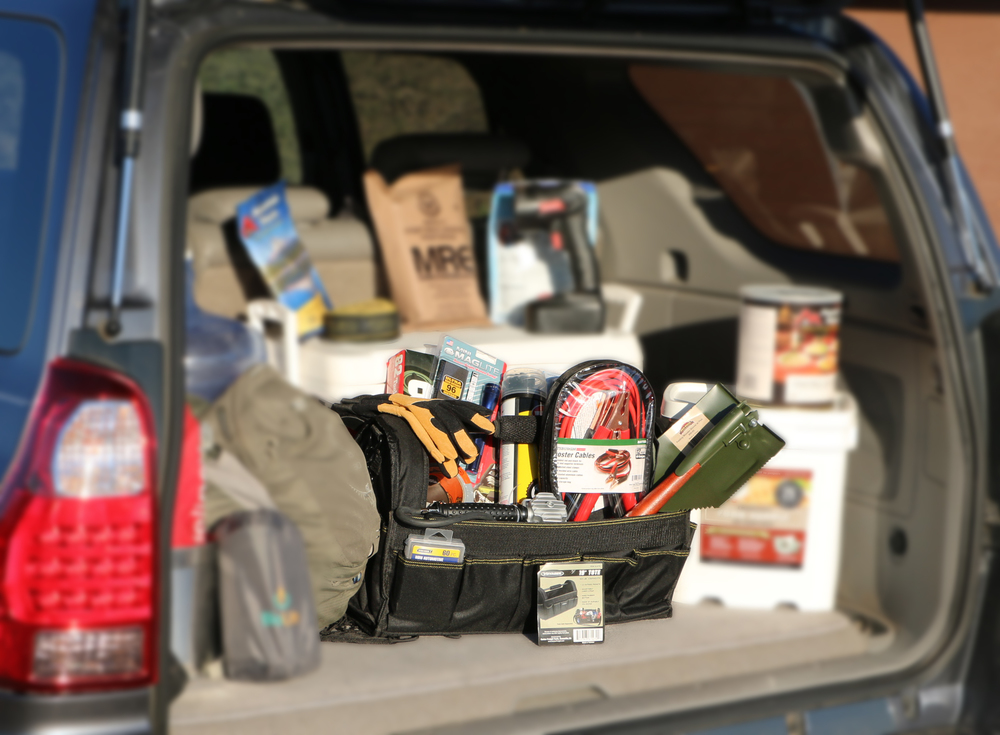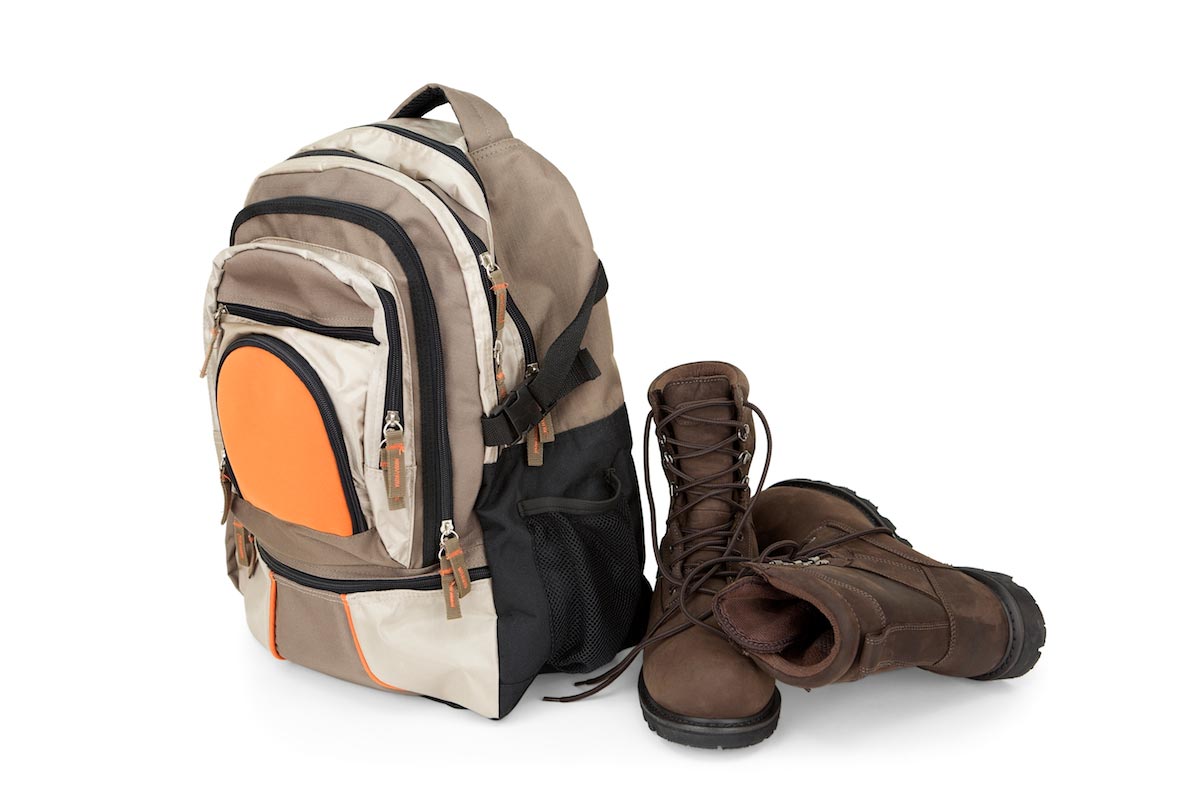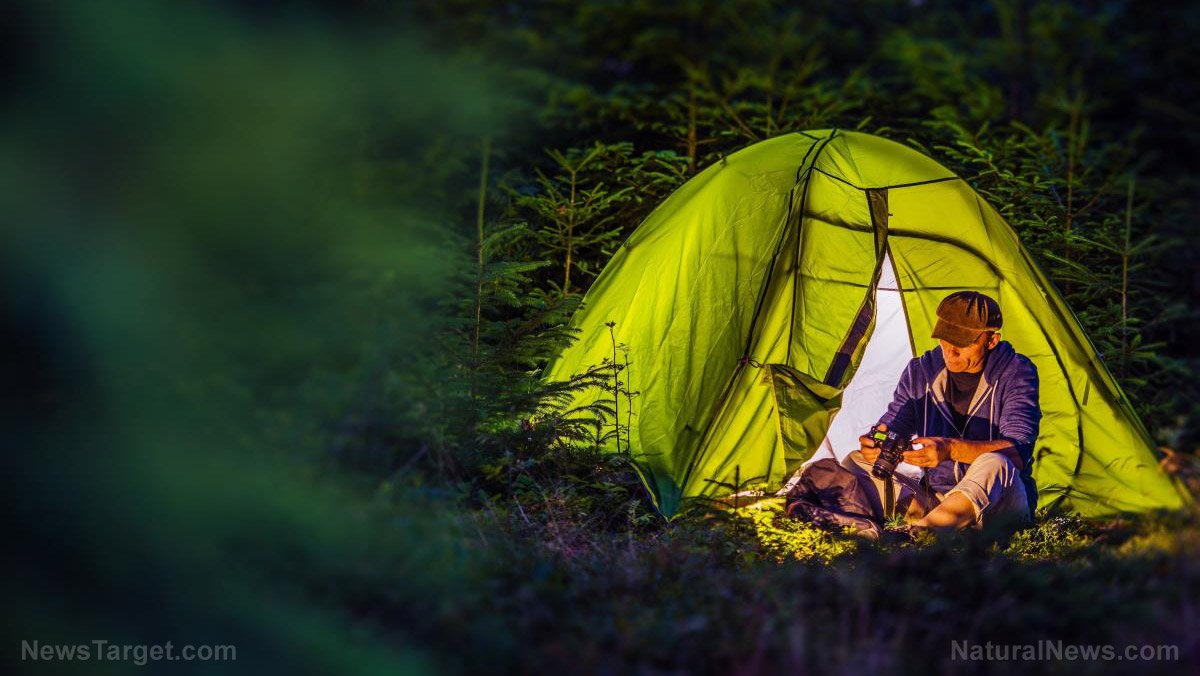Why government-operated disaster shelters are not as safe as you think
10/13/2018 / By Ethan Huff
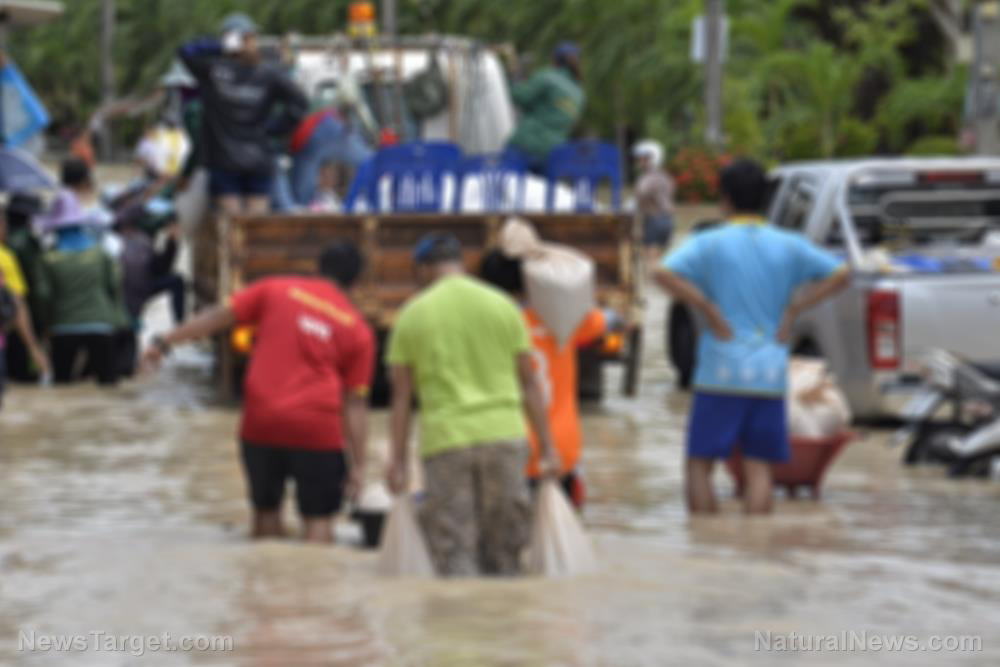
Following pretty much every natural disaster that takes place, one side of the political aisle or the other, depending on who’s in power, has been known to take a jab at the sitting president, criticizing his disaster response with respect to FEMA, also known as the Federal Emergency Management Agency.
The idea is that, unless the federal government makes a bombastic appearance in the wake of, say, a major hurricane, then “not enough was done” to help suffering people in need. But are federal government disaster responses, which include the infamous FEMA shelters and “camps,” really all they’re cracked up to be?
According to Sara Tipton from Ready Nutrition, not exactly. In an article she wrote that was republished by SHTFplan.com, government-run disaster shelters oftentimes aren’t much better than fending on one’s own.
In the aftermath of Hurricane Harvey, for example, many people who flocked to non-profit disaster shelters reported conditions “that were not healthy or safe for human beings, especially children,” writes Tipton. While food, water, and a dry place to sleep were readily available, the conditions at many of these shelters were less than sanitary.
“… the danger of an infection -both viral and bacterial – and subsequent horrible illness was high,” writes Tipton. “And in close quarters, these infections could easily spread, sickening many in a short amount of time.”
Speaking to the media after this horrible disaster in Texas, Chris Van Deusen, a spokesman for the Texas Department of State Health Services, explained how emergency scenarios tend to result in people being packed into close quarters with one another, increasing their risk of spreading and catching illness.
“The primary concern is communicable disease,” Van Deusen reportedly told Newsweek after Harvey ran its course. “When people get in that close proximity that’s sort of the right conditions for illness,” he added, suggesting that respiratory illnesses like cold and flu are common in government disaster shelters.
Rape, sexual assault common in government disaster shelters
Vulnerable populations like women, children, and the elderly also face newfound risks when staying at a government or non-profit disaster shelter. Young women especially face the possibility of being sexually assaulted or raped while staying at these disaster shelters, officials admit.
While law enforcement personnel, including the sheriff in Polk County, Florida, during Hurricane Irma, have tried to quell such fears by publicly stating that “[w]e cannot and we will not have innocent children in a shelter with sexual offenders and predators,” there’s no guaranteeing this during a major disaster scenario when the dregs of society see an opportunity to pounce on their “prey.”
This is where learning self-defense and being prepared to defend yourself is critical. You never know how things are truly going to go down when stuff hits the fan, which is why you need to prepare yourself now, regardless of whether you ride it all out at home or at your local FEMA camp.
In the book, The Prepper’s Blueprint by Ready Nutrition‘s Tess Pennington, you’ll find step-by-step instructions for how to do all of this and more.
Even FEMA Director, Brock Long, agrees that more Americans need to adopt a “prepper” mindset, or what he calls a “culture of preparedness.” Too many people falsely believe that they can survive anything while doing nothing, a level of ignorance that bodes grave consequences once disaster strikes.
“I really think that we have a long way to go to create a true culture of preparedness within our citizenry in America,” Long has stated.
“No American, no citizen, no visitor to this country is immune to disaster. And we have a long way to go to get people to understand the hazards based on where they dwell, where they work, and how to be prepared financially, how to be prepared through insurance, how to have continuity of operations plans for their businesses, so that we can avoid the suffering, the strife, and the loss of life. It’s truly disappointing that people won’t heed the warnings.”
For more survivalist news, check out Survival.news.
Sources for this article include:
Tagged Under: chaos, communicable disease, disaster, disaster shelters, Disasters, disease, federal government, FEMA, FEMA camps, Hurricane Harvey, Hurricane Irma, Hurricane Michael, Hurricanes, infections, natural disasters, preparedness, prepping, rape, sanitation, Sexual assault, Shelters, SHTF, survival, survival gear


